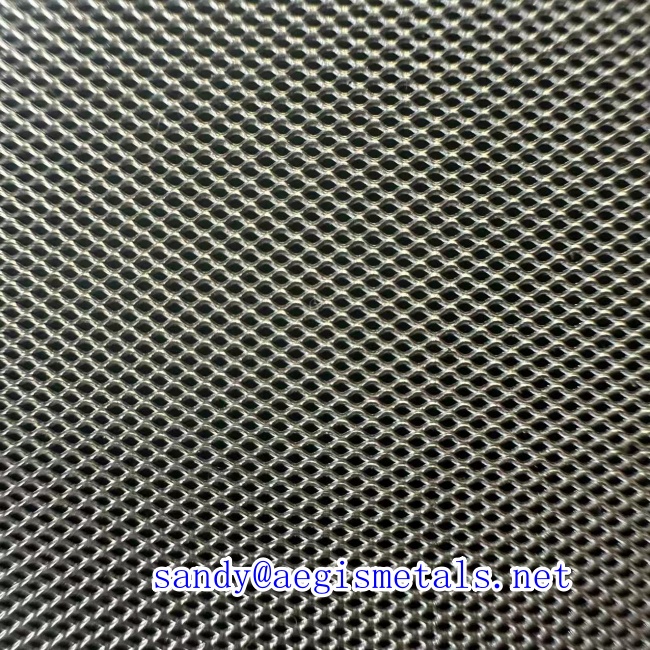- Material: Pure Aluminum(1060) or Aluminum alloy(3003、 5052 ect )
- Thickness: 0.01-0.05mm , requiring a balance between strength and weight (such as 0.08mm for lightning protection scenarios and 0.05mm for lightweight scenarios).
- Hole shape: diamond hole size usually, and other round, rectangle, square, circle can be custom produced as well.
–Square/rectangular holes: convenient for standardized production, suitable for filtering and protection (such as 1×1.5mm rectangular holes);
–Diamond shaped hole: with higher tensile strength, suitable for parts that need to bear loads (such as the support mesh under the wing skin);
–Circular hole: with low airflow resistance, suitable for aerodynamic optimization requirements (such as hole diameter 1-2mm, aperture ratio ≥ 70%).
- Strand width: generally 0.2-0.5mm, with an upper limit when the strength requirement is high (such as at the leading edge of the wing where the airflow impacts, stem width ≥ 0.3mm).
- Diamond hole size: 0.5x1mm 0.8×1.5mm 1x2mm 1.5x3mm 2x3mm…
- Density: Approximately 2.7 g/cm ³,
- Per sqm weight: lightweight. sqm weight range from 66g/sqm(2AL8-075F) 78g/sqm(4AL8-080) 137g/sqm(5AL10-080), and other types…
- More information, please contact our manager: sandy@aegismetals.net
- Corrosion resistance: The surface is prone to forming a dense oxide film (Al ₂ O3), and has strong resistance to acid and alkali corrosion.
- Thermal conductivity: The thermal conductivity coefficient is about 205 W/(m · K), and the electrical conductivity is excellent.
- Flexibility: Flexible and foldable, suitable for processing complex shapes.
- Opening rate=(mesh area/total area) × 100%, usually ≥ 50% is required to reduce weight; The filtering scenario can be appropriately reduced to 40% -60% to balance interception efficiency and ventilation volume.






